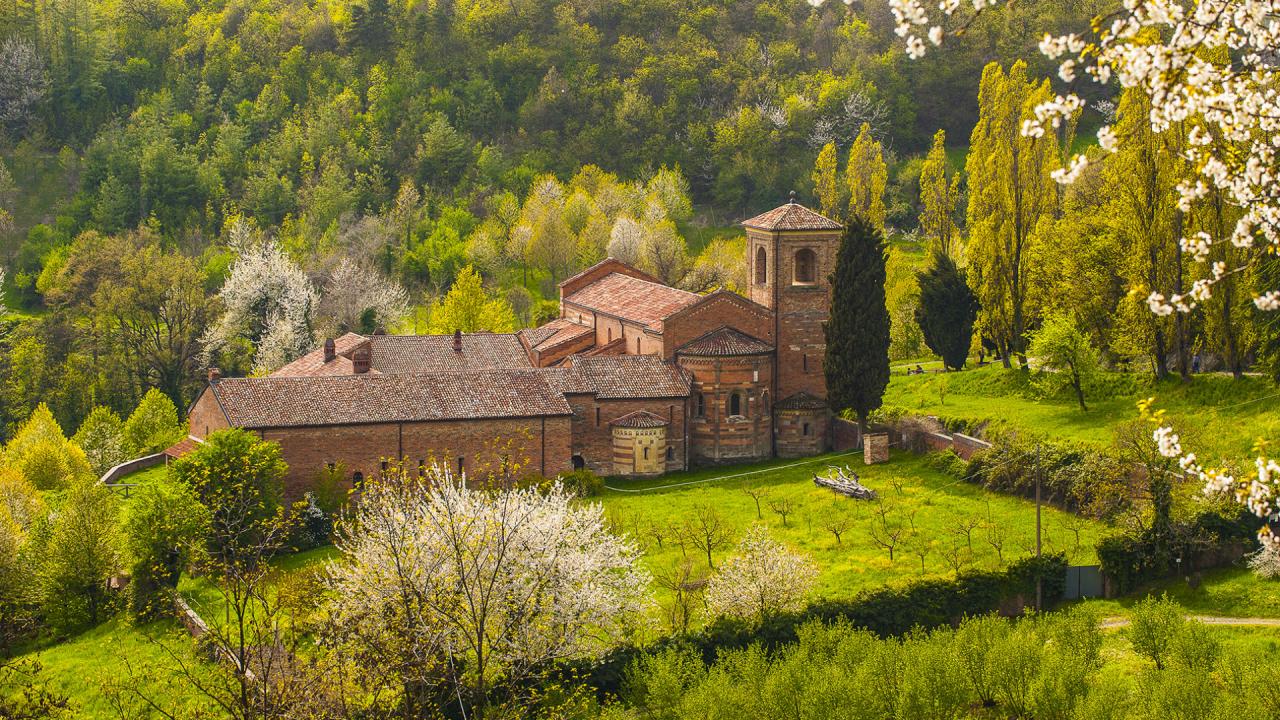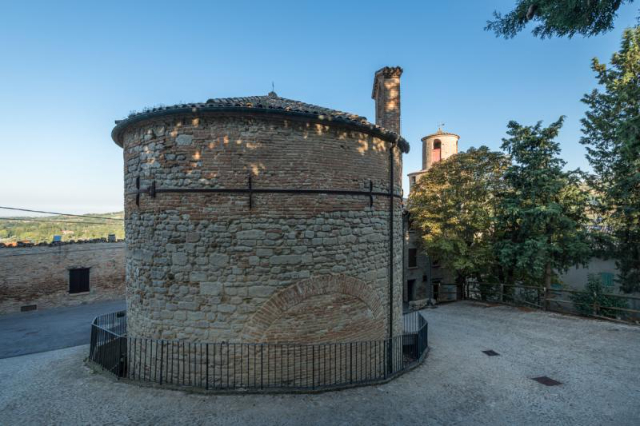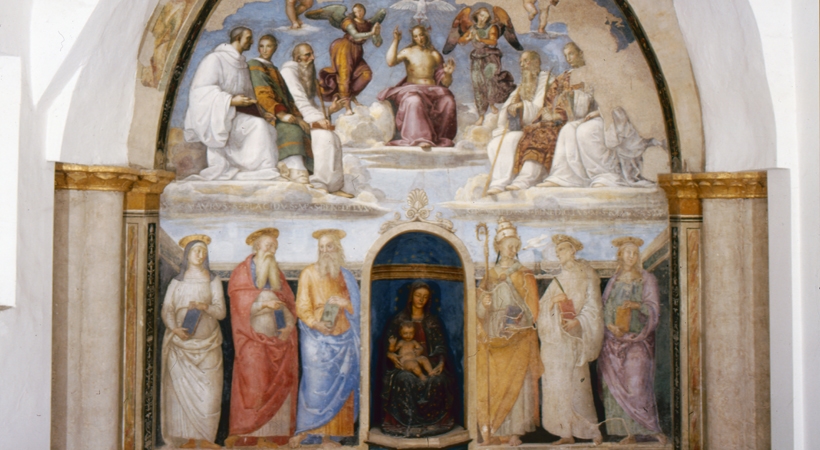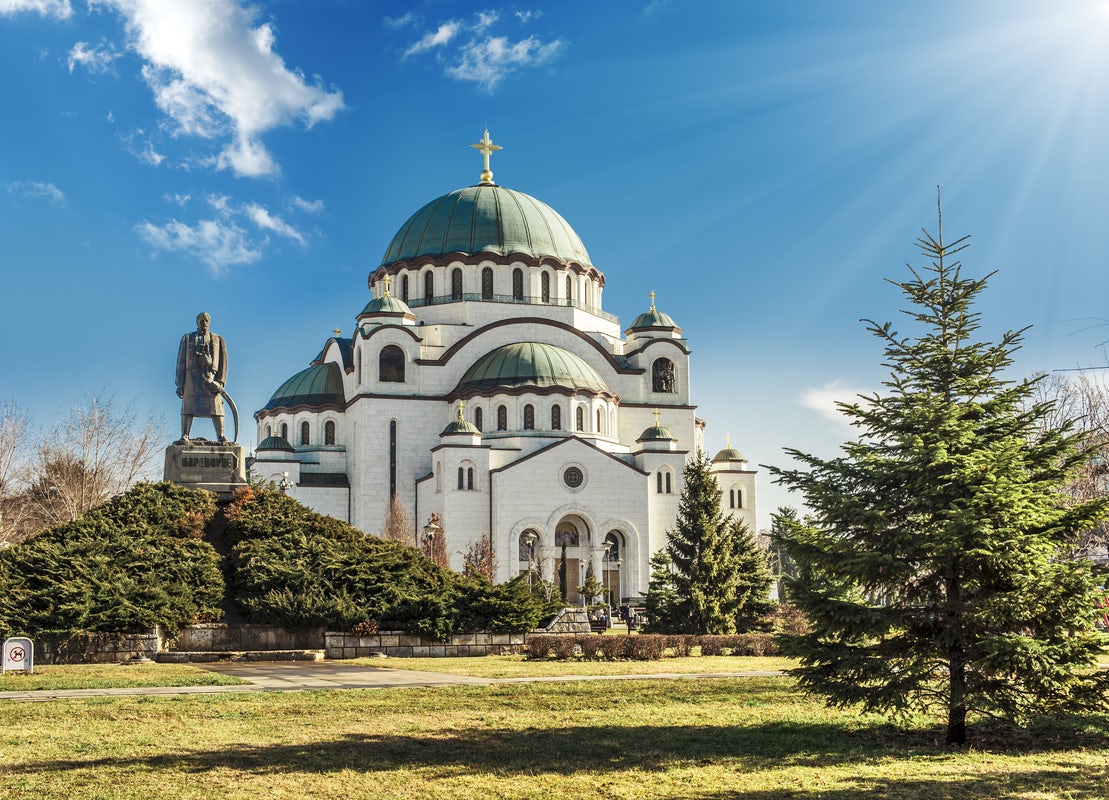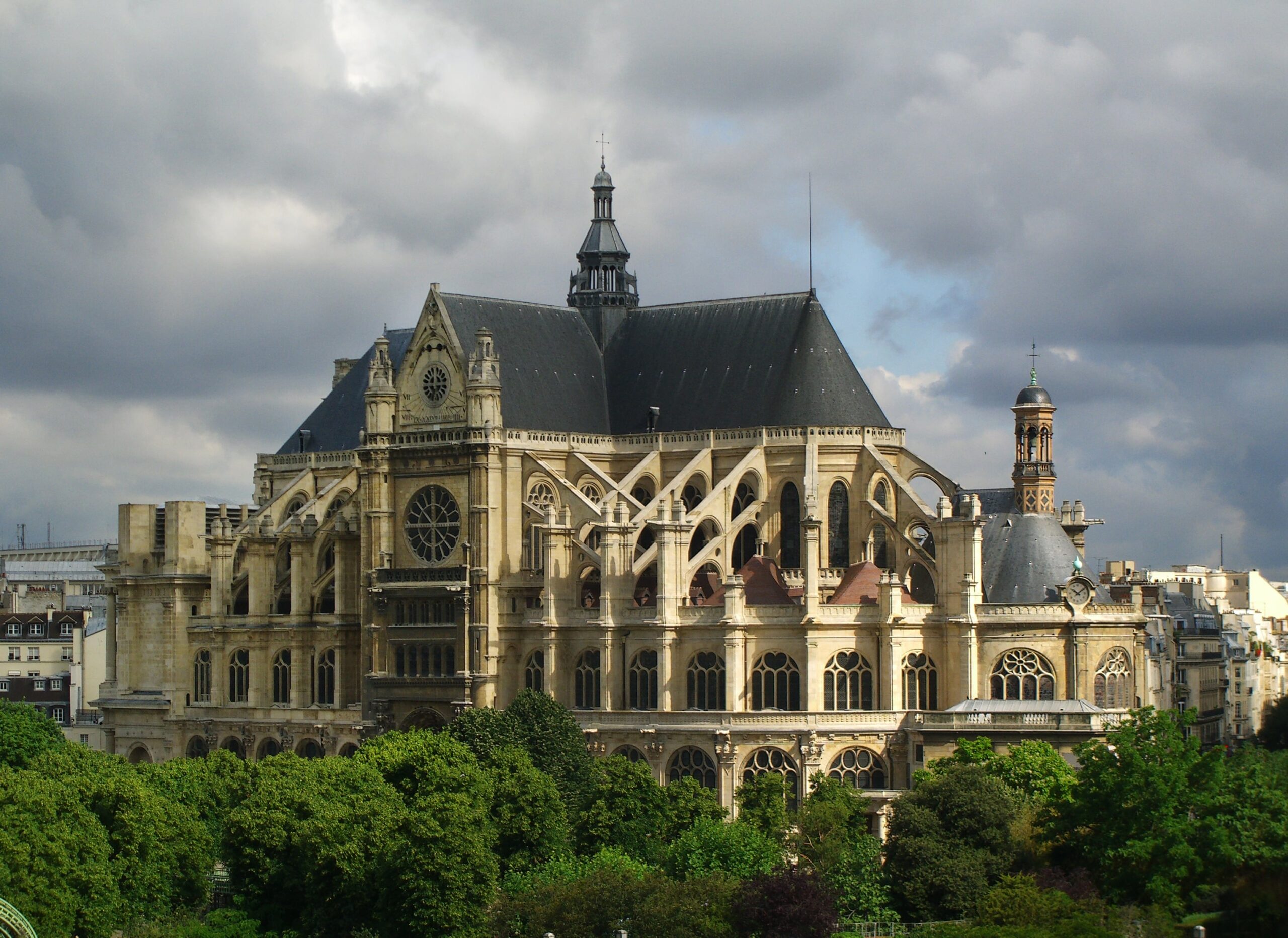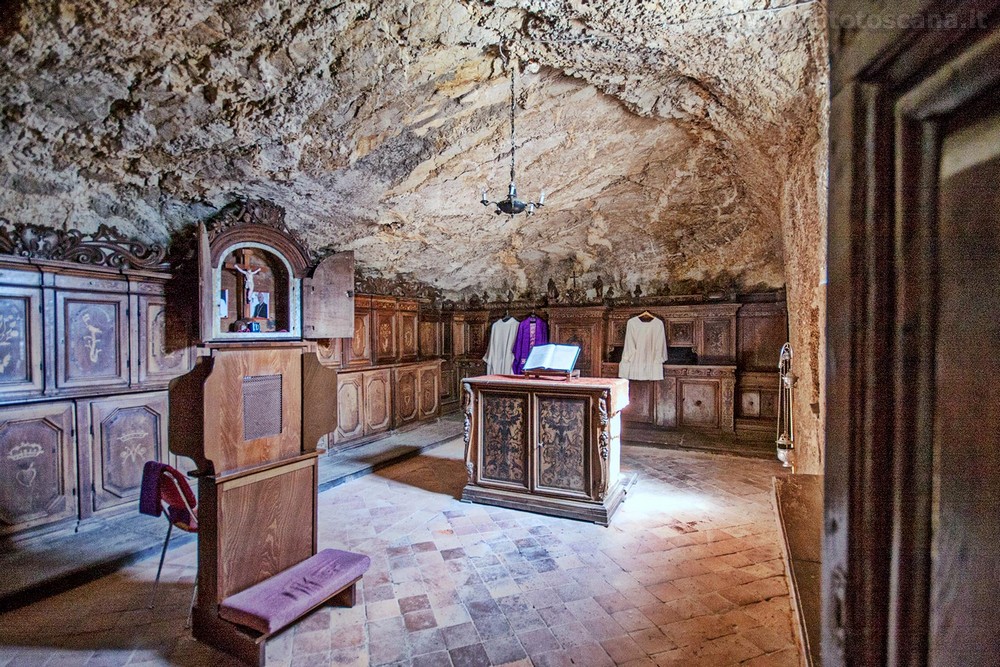There has long been debate about what this region must have looked like before the construction of the Abbey of Vezzolano. Nineteenth-century visitors insisted on the isolation of the place, surrounded by woods, and told of wandering for days among the hills and vineyards in search of this monument, so celebrated as it is little known. But several clues suggest that the place was inhabited since Roman times, and a Roman family name, Vettiolus, is said to have given the place its name. Even in the early Middle Ages, the place must have been inhabited; it is supposed that there was a rural village and a small church belonging to a noble family, which was the original nucleus from which the church was built.Although legend has it that its foundation dates back to Charlemagne, the first document in which the Ecclesia di Santa Maria di Vezzolano is mentioned dates back to 1095: it is the investiture of Teodulo and Egidio ad officiales, with the commitment to abide by some shared precepts and to live according to the canonical rule, probably that of Saint Augustine, later attested in Vezzolano by papal bulls of 1176 and 1182.
Situated between the dioceses of Vercelli, Asti, Turin and Ivrea, close to the powerful municipalities of Asti and Chieri, the Canonica of Vezzolano testifies with its important medieval works of art a long period of splendour between the 12th and 13th centuries, followed by a slow decline, which can be symbolically enclosed in two dates 1405, the year in which the rectory was granted in commendation to abbots residing elsewhere, and 1800, when the Napoleonic administration expropriated the property, transforming the church into a country chapel for the parish of Albugnano and the frescoed cloister into a granary. In 1937 the complex was ceded to the State and handed over to the Soprintendenza per i Beni Architettonici.
The church is oriented, that is to say, with the apse facing east, and originally had a basilica-type plan, that is to say, with three naves, which was modified in the 13th century, when the right aisle was transformed into the north side of the cloister. The façade, with salients, in terracotta with horizontal sandstone bands, presents a rich sculptural decoration of transalpine connotation concentrated in the central part.
The interior is in early Gothic forms: the nave is divided by a pier (or jubè), a rare architectural structure on columns, on which lies a polychrome bas-relief in two superimposed registers depicting the Patriarchs and Stories of the Virgin, dating back to the third decade of the thirteenth century although it bears the date 1189; at the sides of the central window of the apse a polychrome sculpture of antelamic derivation (late twelfth century) represents the Annunciation.
In the cloister, one of the best preserved in Piedmont, there are sculpted capitals and an important cycle of 14th century frescoes, with the remarkable representation of the Contrasto dei tre vivi e dei tre morti (contrast
